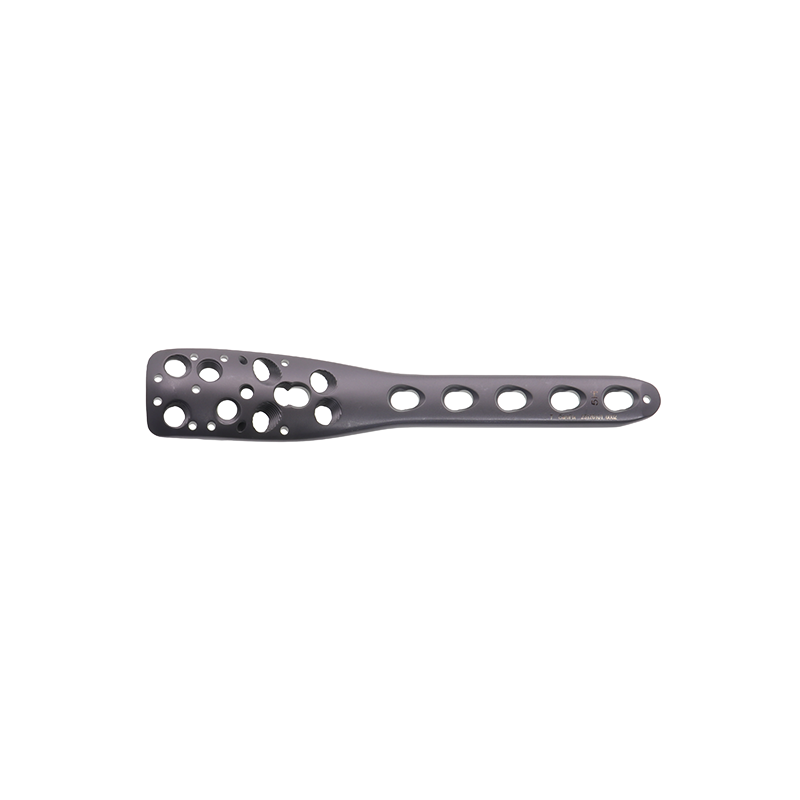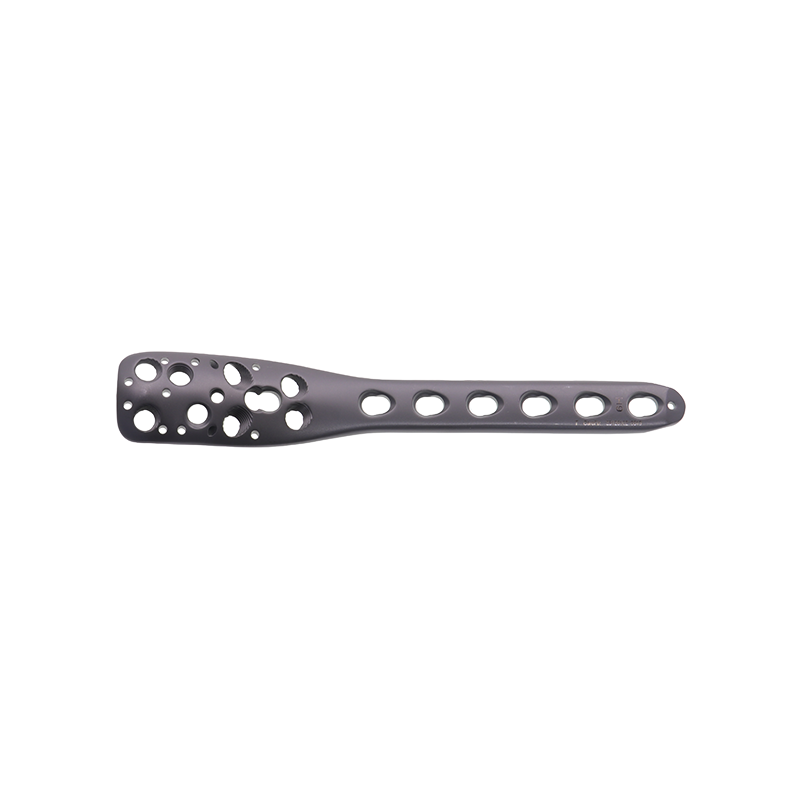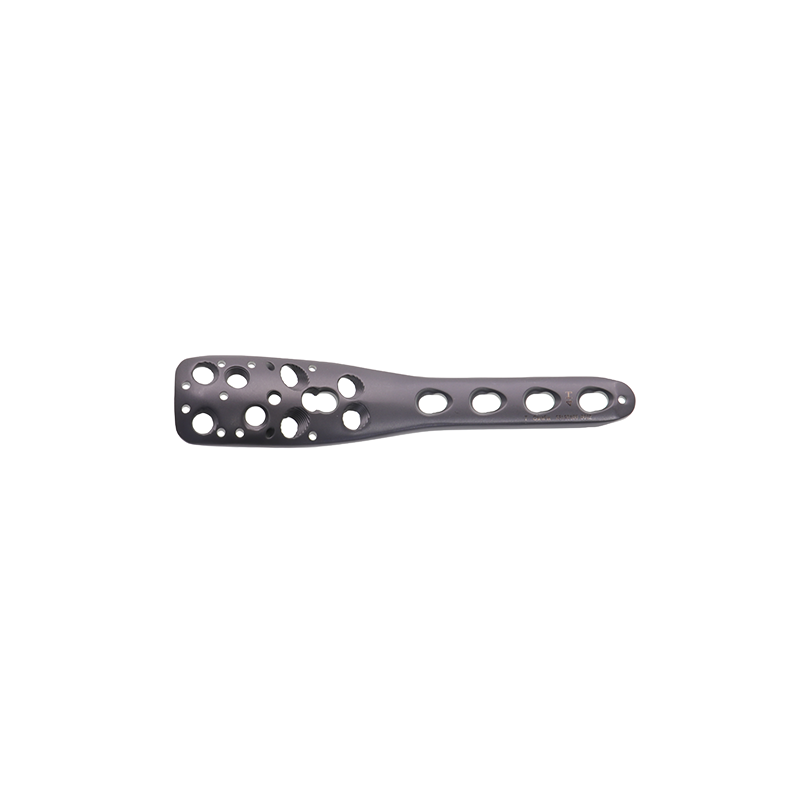proximal humeral locking plate
The proximal humeral locking plate is an advanced orthopedic implant designed specifically for treating complex fractures and injuries of the upper arm bone near the shoulder joint. This innovative medical device combines cutting-edge metallurgy with anatomically optimized design to provide superior stability and promote optimal healing. The plate features strategically positioned locking screw holes that allow for multiple angle fixation, ensuring secure attachment to both the humeral shaft and head. Its low-profile design minimizes soft tissue irritation while maintaining structural integrity. The plate is manufactured from high-grade surgical stainless steel or titanium alloy, offering excellent biocompatibility and resistance to corrosion. Modern iterations incorporate specialized features such as suture holes for rotator cuff attachment and variable-angle locking capabilities, allowing surgeons to customize the fixation according to individual patient anatomy. The system includes both standard and extended options to accommodate different fracture patterns and patient sizes. Advanced coating technologies may be applied to enhance osseointegration and reduce the risk of infection. This sophisticated implant represents a significant advancement in shoulder fracture management, combining mechanical strength with biological optimization.


